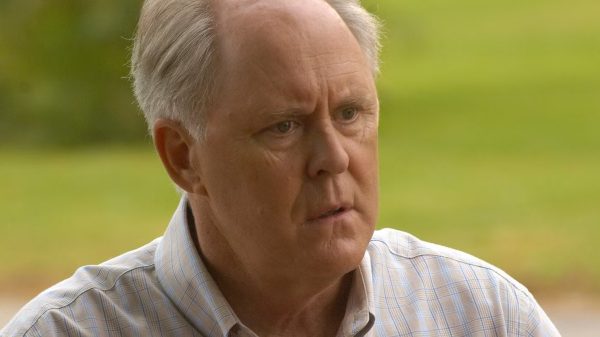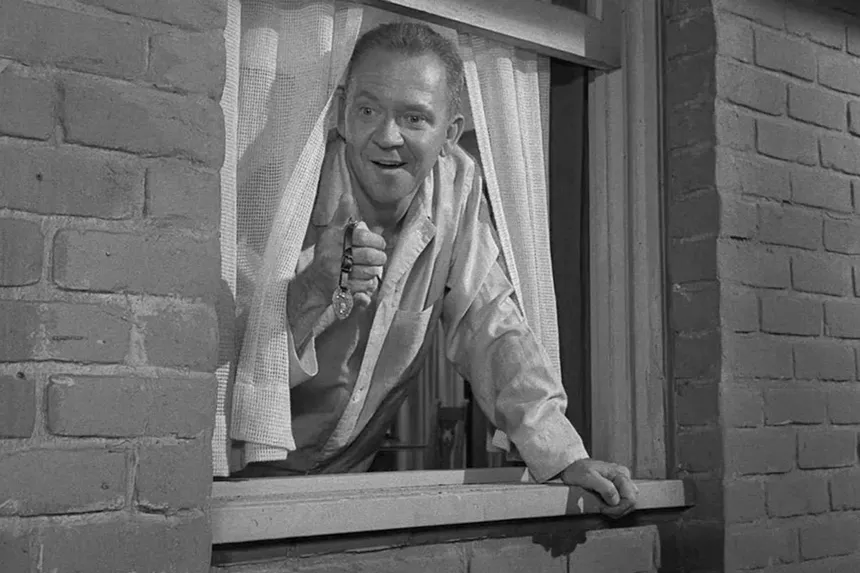Although it’s hard to imagine a time when The Twilight Zone, one of television’s most beloved shows, wasn’t charming audiences with its blend of horror, science fiction, and social commentary, the series actually faced a tumultuous period in its early days. Despite never missing a year on the air, The Twilight Zone got cancelled twice before finally calling it quits in 1964. The show’s creator, Rod Serling, had already gained a reputation as a talented writer and visionary, having written several successful television plays before bringing The Twilight Zone to life in 1959.
The Twilight Zone’s early years were marked by success, with iconic episodes airing from the very beginning. However, the show’s creative forces were not without their challenges. By the end of Season 2, Serling himself confessed feeling worn out creatively, stating that he had written too much and was feeling drained. Despite this, the show continued to thrive, with Serling penning an impressive 92 episodes across Seasons 1 to 3.
However, things took a turn for the worse when the show was cancelled for the first time in 1962, midway through its fourth season. The reason behind the cancelation was sponsor-related, as the series struggled to find a new sponsor. CBS executive James Aubrey, a self-proclaimed villain in The Twilight Zone’s history, pulled the plug and replaced the show with a comedy series called Fair Exchange. Serling and the producers were devastated, but ultimately, the show was able to secure a new sponsor and continue for a fifth season.

A Still From The Twilight Zone (Via IMDB)
The fifth and final season of The Twilight Zone was marked by an hour-long runtime, which frustrated Serling beyond measure. Despite this, the show continued to produce some of its most beloved episodes, including “Nightmare at 20,000 Feet” and “Living Doll.” However, the quality of the show began to decline, and by the end of the season, the show’s ratings had dropped significantly. Aubrey, still determined to strangle the show, slashed the production budget, allegedly to compromise the quality of the series.
In the end, it was Aubrey’s machinations that ultimately led to The Twilight Zone’s cancellation in 1964. Despite his struggles with CBS executives, Serling moved on to work on other TV shows and films, including the critically acclaimed series Night Gallery and the original Planet of the Apes film.
The Twilight Zone may have faced a tumultuous period in its early history, but it’s clear that Rod Serling’s creation has lived on for over half a century, earning a reputation as one of the greatest and most influential projects to ever air on television.
























